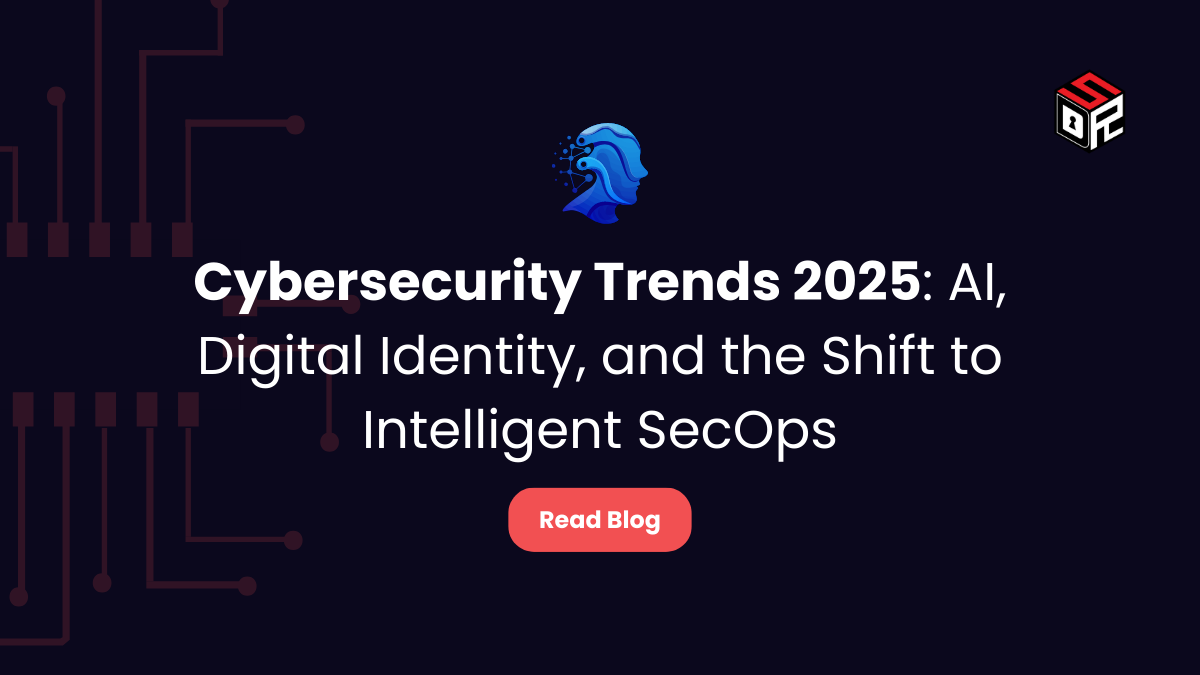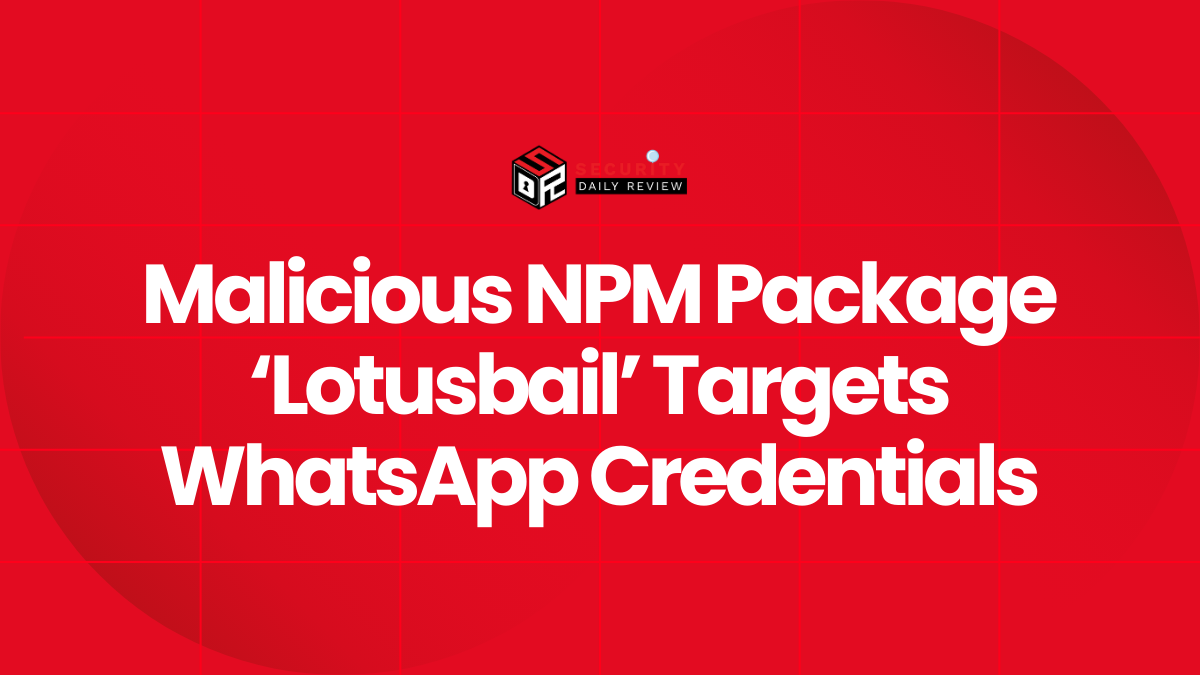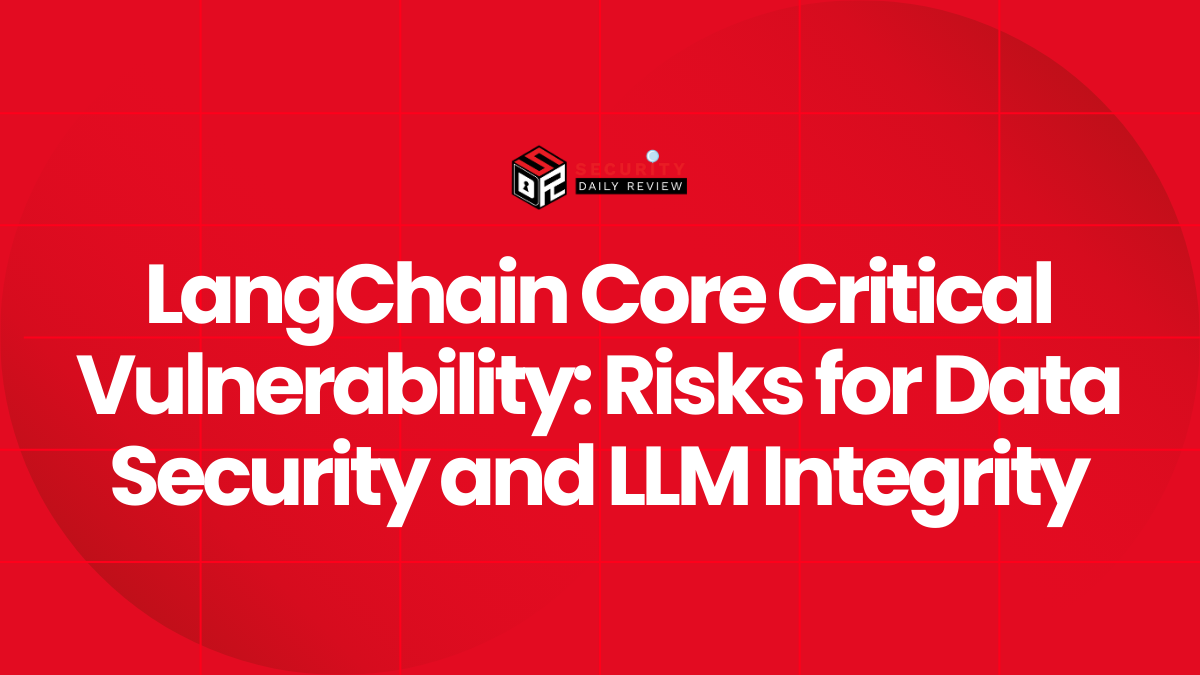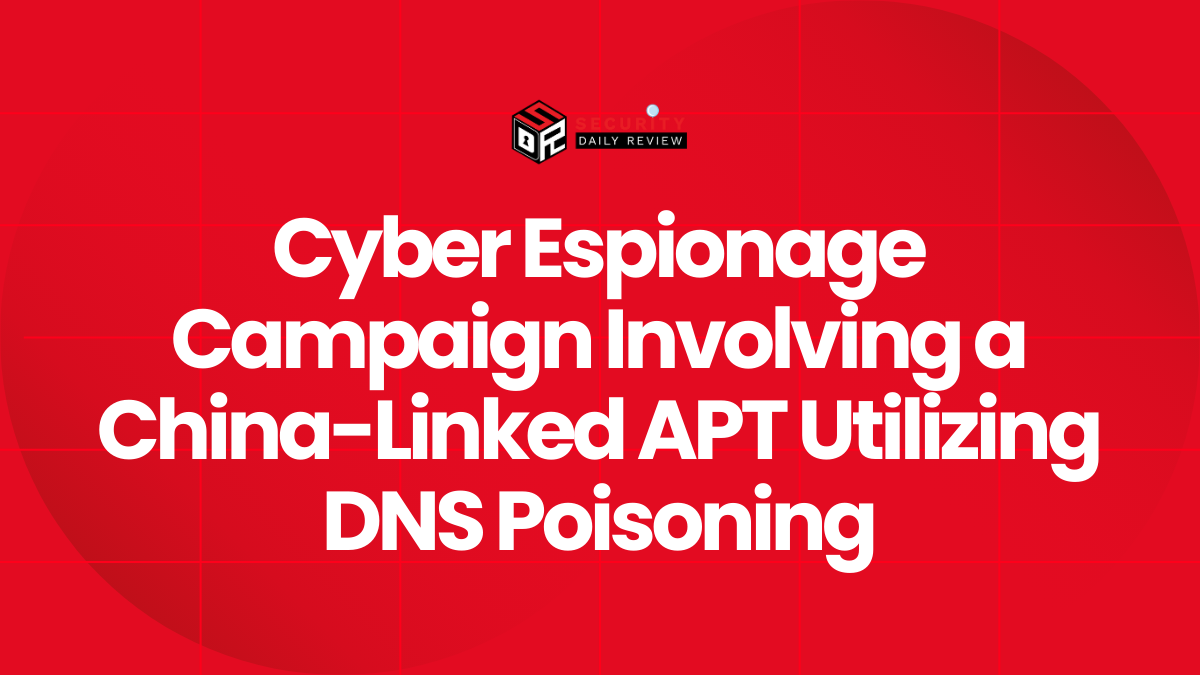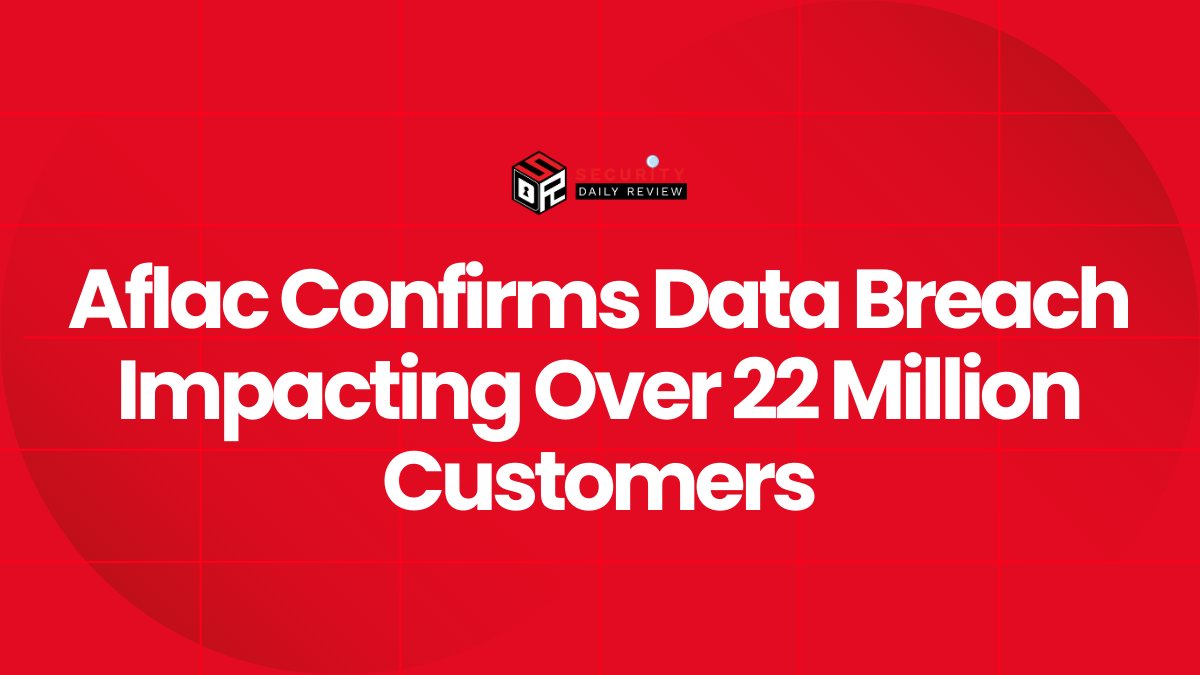As cybersecurity threats continue to evolve in sophistication and volume, the strategies employed to combat them must rapidly progress as well. Heading into 2025, the cybersecurity landscape is undergoing a transformative shift—driven largely by advances in artificial intelligence (AI), the changing role of digital identities, and increasing complexity in digital infrastructures. Experts warn that traditional defense models are no longer sufficient against emerging threats like AI-driven attacks and machine-generated malware. This shift underscores the need to adopt more dynamic, intelligent, and proactive cybersecurity approaches.
AI is No Longer Just a Tool—It’s an Attack Vector and a Defense Engine
AI capabilities are no longer bound to enhancing productivity—they are now central to both offensive and defensive cybersecurity tactics.
AI democratizes Cyberattacks Enabling Even Novices to Launch Sophisticated Campaigns
According to Netscout researchers, AI assistants could dramatically escalate the frequency and effectiveness of Distributed Denial of Service (DDoS) attacks. The DDoS-for-hire landscape has already seen a transformation via automation over the past three years; now AI tools such as GhostGPT and WormGPT are letting individuals with little to no technical skill conceptualize and launch multi-vector attacks using simple natural language prompts. Tasks including reconnaissance, attack staging, and timing can now be orchestrated automatically, further reducing barriers for cybercriminals.
Netscout’s threat intelligence director Richard Hummel stresses:
“The accessibility of AI tools means that even inexperienced users can launch highly complex cyberattacks, significantly widening the threat surface.”
Organizations must not only bolster defenses with AI capabilities on their end but also ensure incident response protocols operate at speeds that match AI-assisted attacks. AI-based Managed Detection and Response (MDR) platforms and real-time threat intelligence sharing are fast becoming non-optional.
AI-Generated Threats Demand AI-Powered SIEM and SecOps
As AI is integrated into threats, it must also be leveraged in defense. Traditional Security Information and Event Management (SIEM) systems are no longer sufficient to cope with the scale and precision of AI-driven attacks. A recent TechRadarPro article highlights a shift toward “Intelligent SecOps,” where AI augments SIEM with:
- Automated triage to reduce false positive alerts
- Real-time behavior-based threat detection
- Context-enriched investigations conducted without human intervention
- Automated response playbooks and real-time telemetry correlation
This evolution turns SIEM into a proactive tool for intelligence-led security operations—one that not only detects threats faster but adapts to evolving adversaries.
Digital Identity Protection is Now the New Perimeter
Identity security has emerged as a focal point for enterprise cybersecurity defenses, overtaking perimeter-based approaches like firewalls.
Massive Investments Show that Identity is mission-critical
Palo Alto Networks’ $25 billion acquisition of CyberArk signals a strategic redirection: safeguarding digital identities—both human and machine—is now paramount. The acquisition emphasizes the growing risks tied to privileged account misuse, AI impersonation, and credential-based attacks.CyberArk’s strengths align with this new direction, offering deep expertise in:
- Privileged Access Management (PAM)
- Machine identity governance
- Credential vaulting and session monitoring
So far in 2025, there have already been over 310 cybersecurity mergers and acquisitions, with 16 focused specifically on the identity space—revealing a trend toward rapid consolidation in this critical segment.
CEO Nikesh Arora frames the shift clearly:
“The identity space is at an inflection point. We’re seeing digital identities become the new security perimeter in an AI-driven, cloud-based world.”
Proactive Cybersecurity Requires Fast Recovery and Zero Trust as a Foundation
Cyber resilience is no longer just about stopping breaches—it’s about recovering quickly and minimizing the blast radius.
AI shortens attacker dwell time while expanding the attack surface
The “dwell time”—an attacker’s duration inside a system before detection—has historically spanned weeks or even months. With AI aiding adversaries, that window is shrinking. Breaches now happen faster, with AI accelerating exploration and exploitation within compromised environments. Simultaneously, the increased deployment of enterprise AI systems has expanded the surface area for attackers.
Effective strategies to mitigate this evolving risk include:
- Implementation of a zero-trust architecture: authenticate every access attempt, regardless of origin
- Regular data backups: particularly of AI-generated data, which many firms still under-prioritize
- Use of immutable backup storage: ensuring encrypted, isolated backups that resist tampering
- AI-assisted breach recovery: using machine learning to rapidly assess, isolate, and remediate threats
These are becoming cornerstone practices for resilient cybersecurity frameworks.
AI-Driven Red and Blue Teams Are Shaping the Next Phase of Infosec
The lines are blurring between human and machine participants in cybersecurity competitions—and real-world scenarios.
Anthropic’s AI model, Claude, recently outperformed human teams in elite competitions such as Hack the Box and PicoCTF. Capable of reverse-engineering malware and breaching hardened environments, such AI tools are demonstrating near-expert proficiency in offensive capabilities.Meanwhile, developments like Microsoft’s Project Ire and Corridor’s AI vulnerability detection tools highlight promising progress in autonomous defensive AI.
Key figures like Jen Easterly are pivoting toward applying cutting-edge AI to shield under-resourced sectors, illustrating that the cybersecurity community is beginning to seriously operationalize AI beyond experimental phases.
Looking Ahead: Predictive Defense, not Reactive Compliance
Cybersecurity strategies in 2025 must account for a dramatically different threat paradigm. The advancing capabilities of AI—both as a weapon and a shield—require a redefinition of cybersecurity fundamentals. What worked yesterday cannot defend against tomorrow’s adversaries.Key takeaways for cybersecurity leaders include:
- Embrace AI defensively to counter AI-powered attacks
- Prioritize digital identity protections as firewalls lose power
- Transition to intelligent SecOps frameworks to handle scale and complexity
- Integrate zero-trust principles deeply into enterprise networks
- Prepare not just for incident response, but for AI-assisted recovery
The emerging cybersecurity trends for 2025 demand agility from defenders and strategic investment in automation, identity controls, and machine-speed threat mitigation. In this new era, resilience will not hinge solely on prevention but on intelligence-led adaptability.

